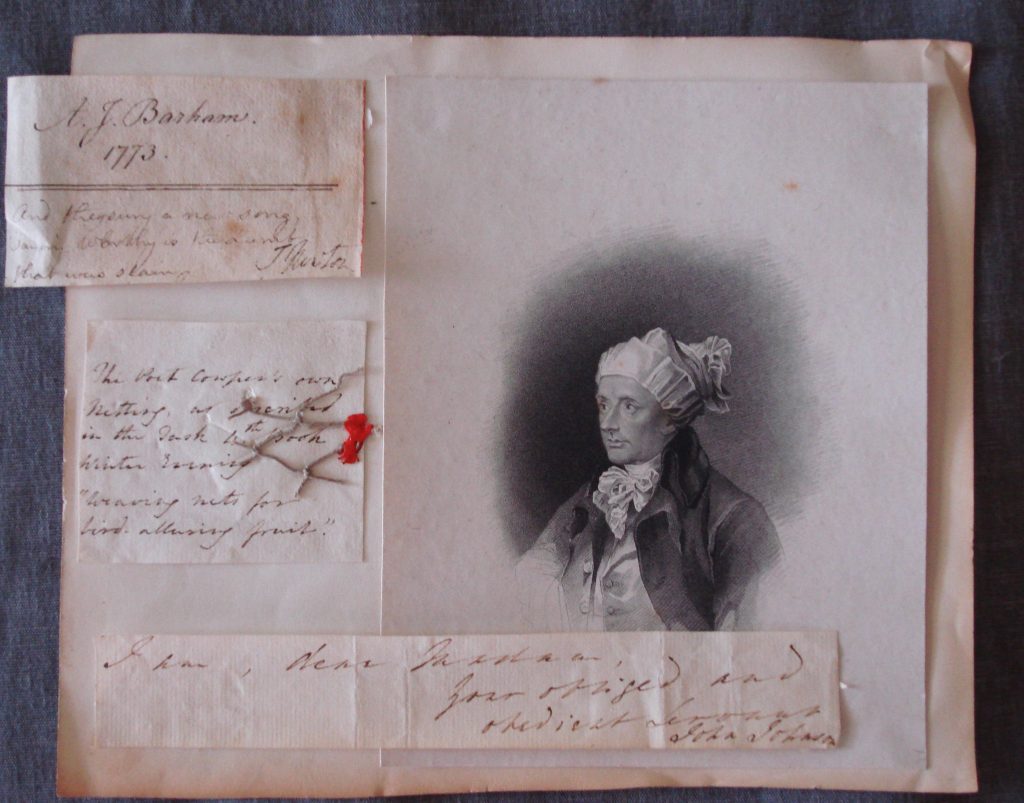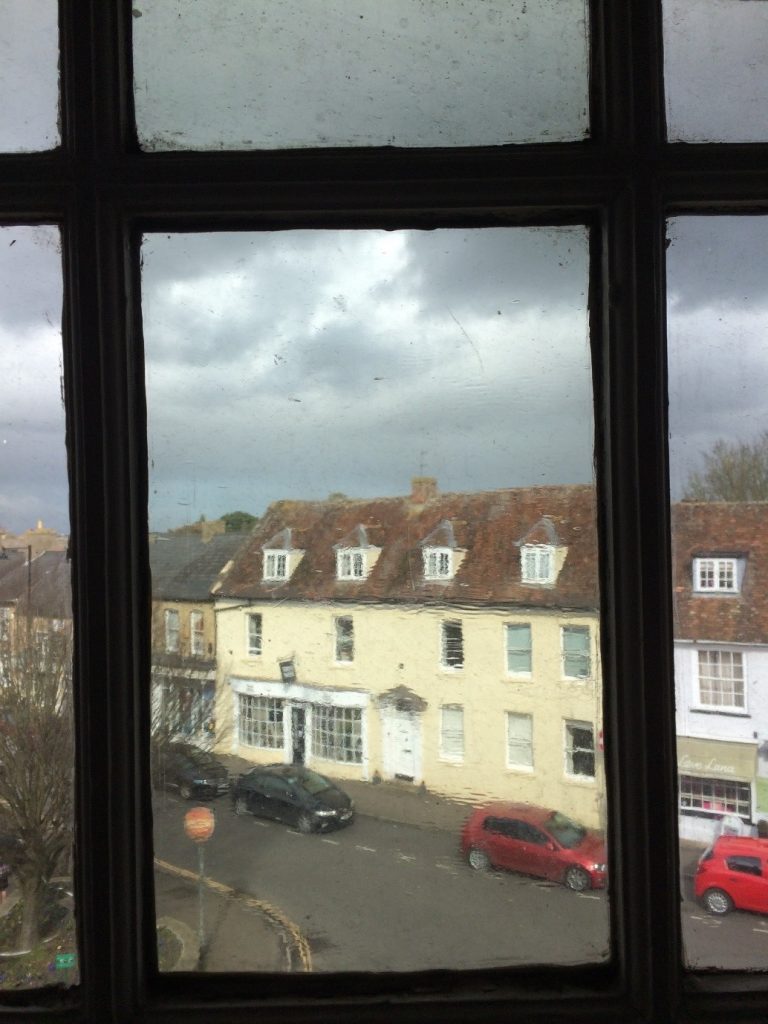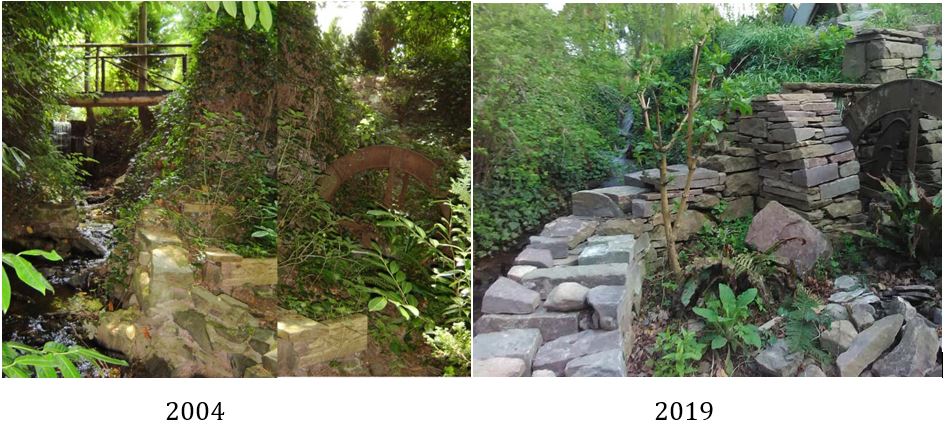Contributor: Stephen Bending
Location: unknown
Description: As a souvenir, this small square of garden netting signals the peculiarly domestic nature of William Cowper (1731-1800) as a poet. Made by Cowper and his household, the tied strands of thread seem trivial perhaps—a quirky, amusingly antiquarian delight. But that triviality is also an announcement of authenticity. In it we are given a little piece of Cowper—the net is not simply an object, but an act, a winter evening’s task, part of the fabric of Cowper’s life. The net is ephemeral (but it has lasted), domestic (but it is treasured), it is the product of careful labour, and in its small way it recognises Cowper’s garden—or any garden—as a place of tenuous and temporary delight.
Samuel Johnson’s pleasing definition of a network as ‘the intersection of interstices’ offers us an insight into the peculiar nature of nets – at once the twine and the holes between the twine, where each is as important as the other but where the net is neither one nor the other. Nets, that is, are nothing if not liminal, and they help us to understand both Cowper’s retirement and his fascination with the world from which he retired, both his sense of being a part of nature and his recognition that—like all men—he was separated from it.
Continue reading “William Cowper’s garden netting: weaving nets for bird-alluring fruit”










